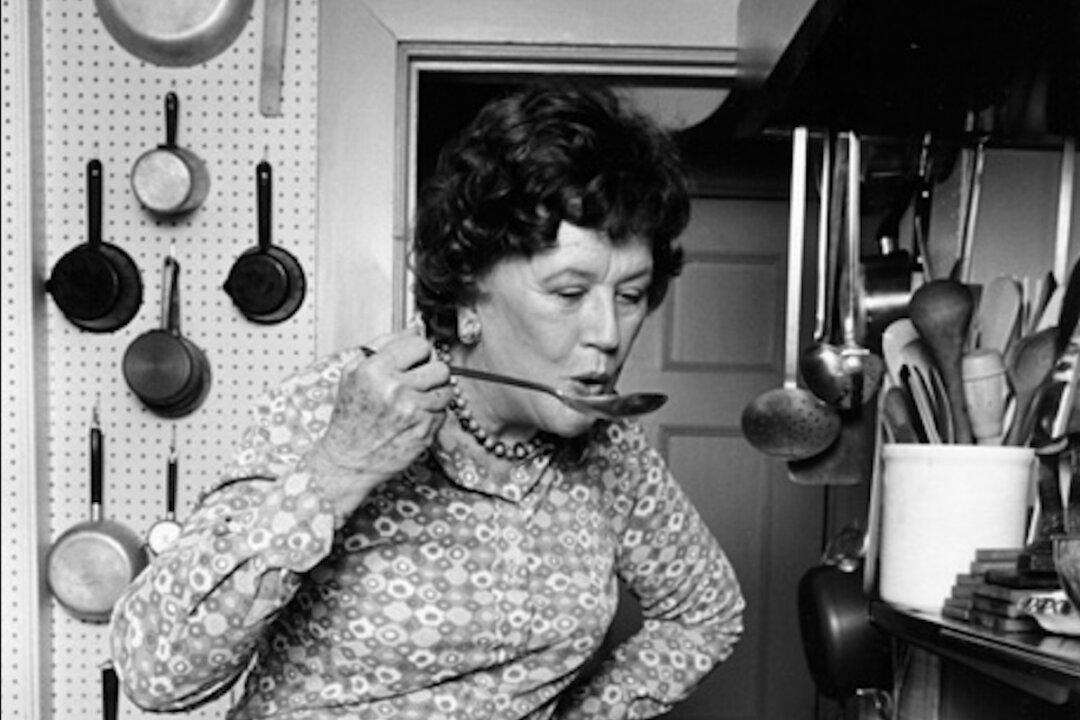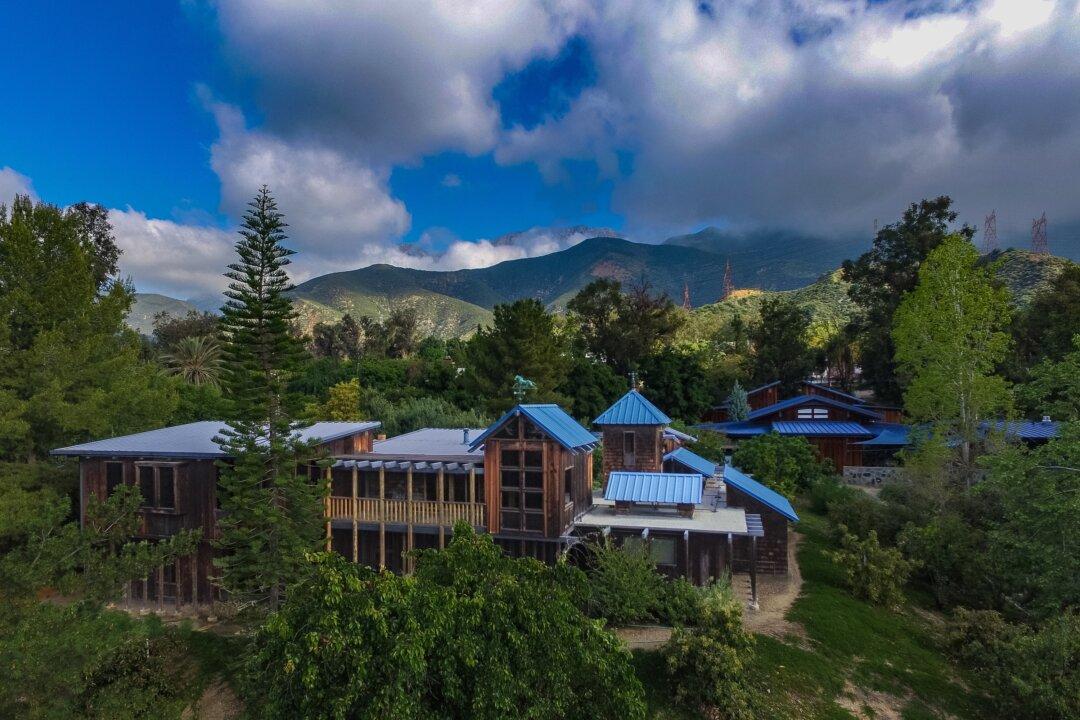“The hills bear all manner of fantastic shapes,” Charles Bessey observed, noting that they sometimes featured open pockets of bare sand in blowouts and were “provokingly steep and high.” Bessey was describing the Sandhills, the area of post-glacial dunes wrought by mighty winds in north-central and northwestern Nebraska. Aided by his botany students from the University of Nebraska (today’s University of Nebraska–Lincoln), he cataloged a treasure of plant species in 1892. Yet besides spurges and gooseberries, herbaceous plants such as smooth beardtongue, and grasses such as Eatonia obtusata, he found the potential for forestation.
“He was convinced that the moist soil of the Sandhills would support forest growth,” the historian Thomas R. Walsh wrote. Nebraska had gained statehood in 1867 but still had enough untouched areas to be “a virgin natural laboratory,” as Walsh described it. And there were so few trees for wood, shelter, or shade. Bessey had been pushing the state legislature to reserve Sandhills tracts for tree planting. In 1891, urged by the top forestry official in Washington, D.C., he started a test plot at the eastern edge of the Sandhills, which encompassed an area about the size of New Jersey. Ponderosa pines were a big component of the experiment’s 13,500 conifers. With the initial indication that they would do fine, he started a campaign to convince people that forestation was practical. After all, as Walsh noted, “the area was once covered by a pine forest that was destroyed by prairie fires.”
Bessey had come to the University of Nebraska in 1884, lured from Iowa Agricultural College (today, Iowa State University) by an offer of $2,500 per year. He was already the author of “Botany for High Schools and Colleges,” the nation’s first textbook on the subject. His motto of “Science with Practice” indicated a teaching philosophy that mixed laboratory and field work with classroom instruction. He was one of a small group of professors at the prairie university, attended by just 373 students in the year he arrived, but he had an outsized and enduring influence through his popular botany seminar. A top student in the 1892 cataloging project was Roscoe Pound, who claimed the university’s first Ph.D. in botany, then distinguished himself as a legal scholar and served two decades as dean of Harvard University’s law school.





